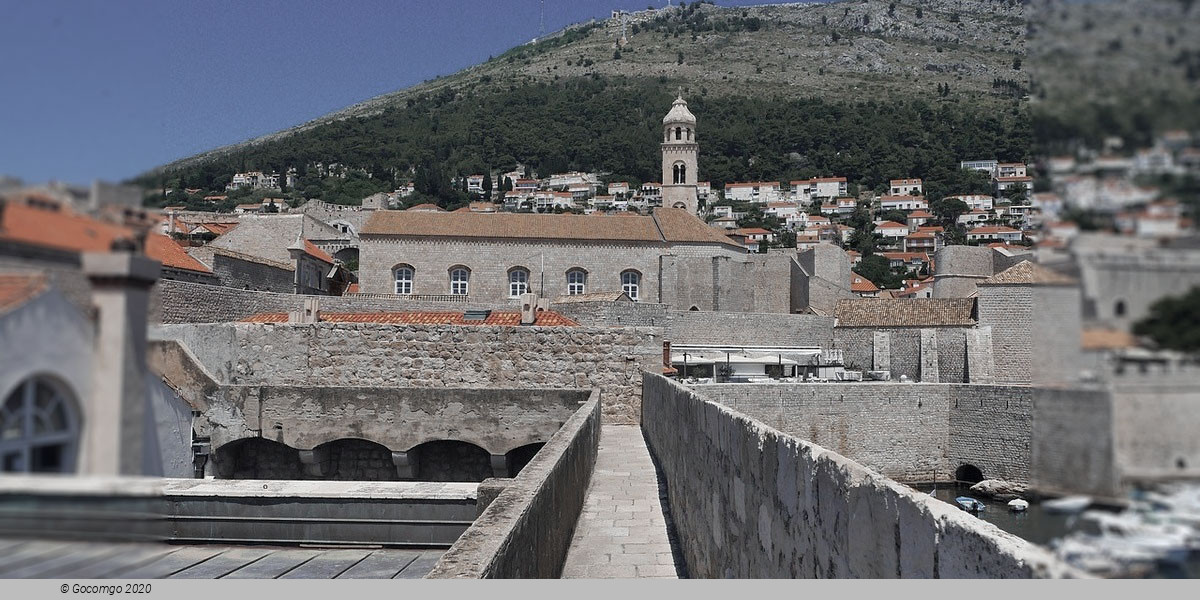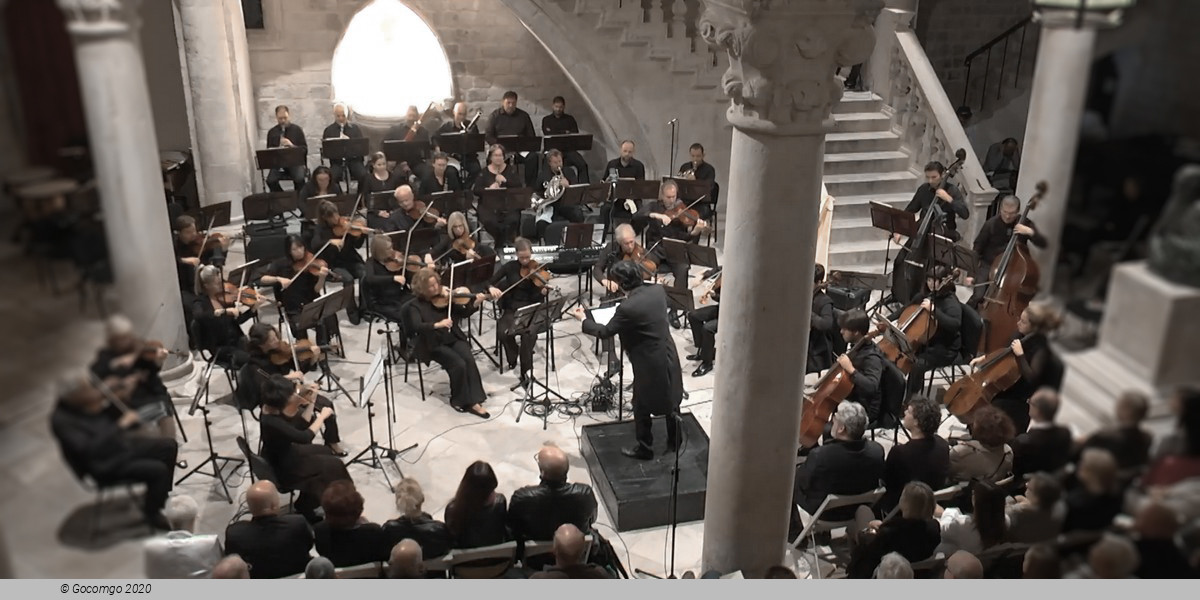Venues in Dubrovnik

Dubrovnik is a city on the Adriatic Sea in southern Croatia. It is one of the most prominent tourist destinations in the Mediterranean Sea, a seaport and the centre of Dubrovnik-Neretva County. In 1979, the city of Dubrovnik joined the UNESCO list of World Heritage sites. The history of the city probably dates back to the 7th century, when the town known as Ragusa was founded by refugees from Epidaurum (Ragusa Vecchia). It was under the protection of the Byzantine Empire and later under the sovereignty of the Republic of Venice.
The annual Dubrovnik Summer Festival is a 45-day-long cultural event with live plays, concerts and games. It has been awarded a Gold International Trophy for Quality (2007) by the Editorial Office in collaboration with the Trade Leaders Club.
The patron saint of the city is Sveti Vlaho (Saint Blaise), whose statues are seen around the city. He has an importance similar to that of St. Mark the Evangelist to Venice. One of the larger churches in city is named after Saint Blaise. February 3 is the feast of Sveti Vlaho. Every year the city of Dubrovnik celebrates the holiday with Mass, parades, and festivities that last for several days.
The Old Town of Dubrovnik is depicted on the reverse of the Croatian 50 kuna banknote, issued in 1993 and 2002.
The city boasts many old buildings, such as the Arboretum Trsteno, the oldest arboretum in the world, which dates back to before 1492. Also, the third-oldest European pharmacy and the oldest still in operation, having been founded in 1317, is in Dubrovnik, at the Little Brothers monastery.
In history, many Conversos (Marranos) were attracted to Dubrovnik, formerly a considerable seaport. In May 1544, a ship landed there filled exclusively with Portuguese refugees, as Balthasar de Faria reported to King John. Another admirer of Dubrovnik, George Bernard Shaw, visited the city in 1929 and said: "If you want to see heaven on earth, come to Dubrovnik."
In the bay of Dubrovnik is the 72-hectare (180-acre) wooded island of Lokrum, where according to legend, Richard the Lionheart, King of England, was cast ashore after being shipwrecked in 1192. The island includes a fortress, botanical garden, monastery and naturist beach.
Among the many tourist destinations are a few beaches. Banje, Dubrovnik's main public beach, is home to the Eastwest Beach Club. There is also Copacabana Beach, a stony beach on the Lapad peninsula, named after the popular beach in Rio de Janeiro.
By 2018, the city had to take steps to reduce the excessive number of tourists, especially in the Old Town. One method to moderate the overcrowding was to stagger the arrival/departure times of cruise ships to spread the number of visitors more evenly during the week.
A feature of Dubrovnik is its walls (1.3 million visitors in 2018), which run almost 2 kilometres (1.2 miles) around the city. The walls are 4 to 6 metres (13–20 feet) thick on the landward side but are much thinner on the seaward side. The system of turrets and towers were intended to protect the vulnerable city. The walls of Dubrovnik have also been a popular filming location for the fictional city of King's Landing in the HBO television series, Game of Thrones.


